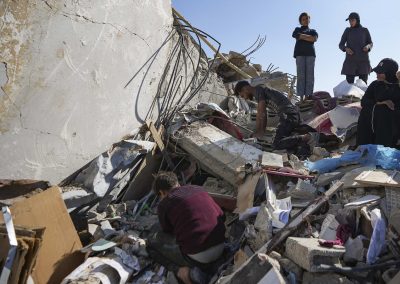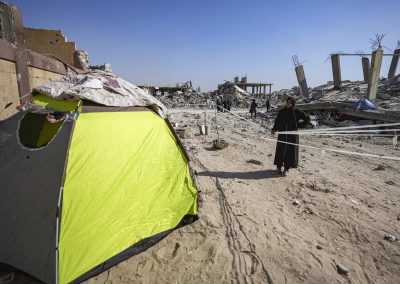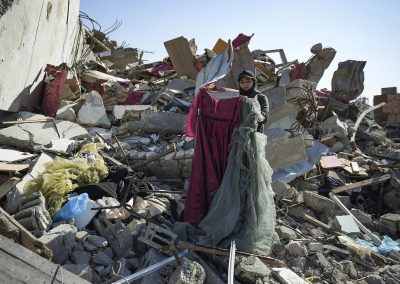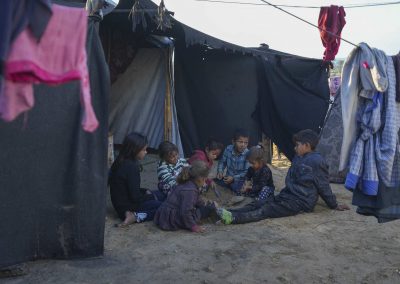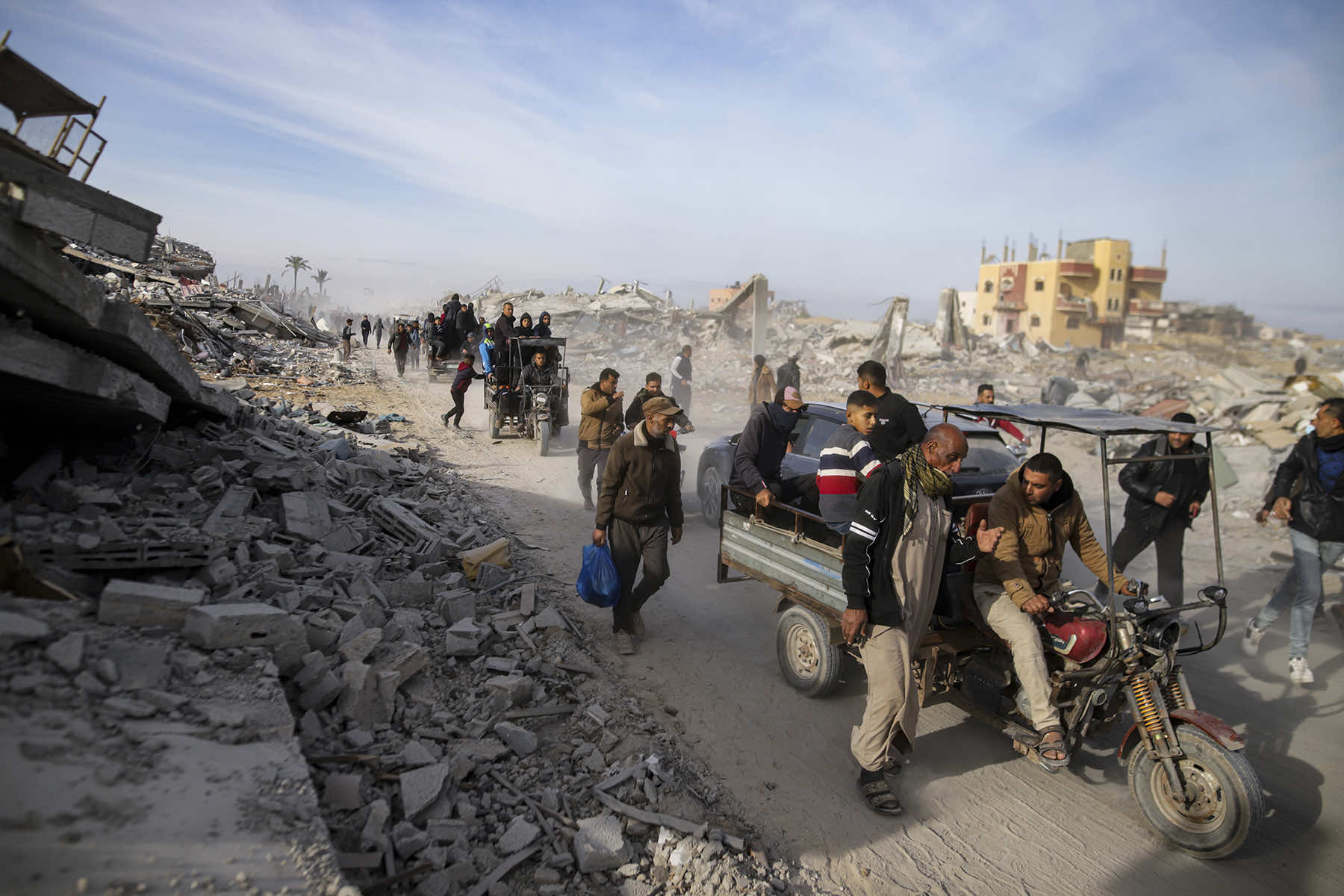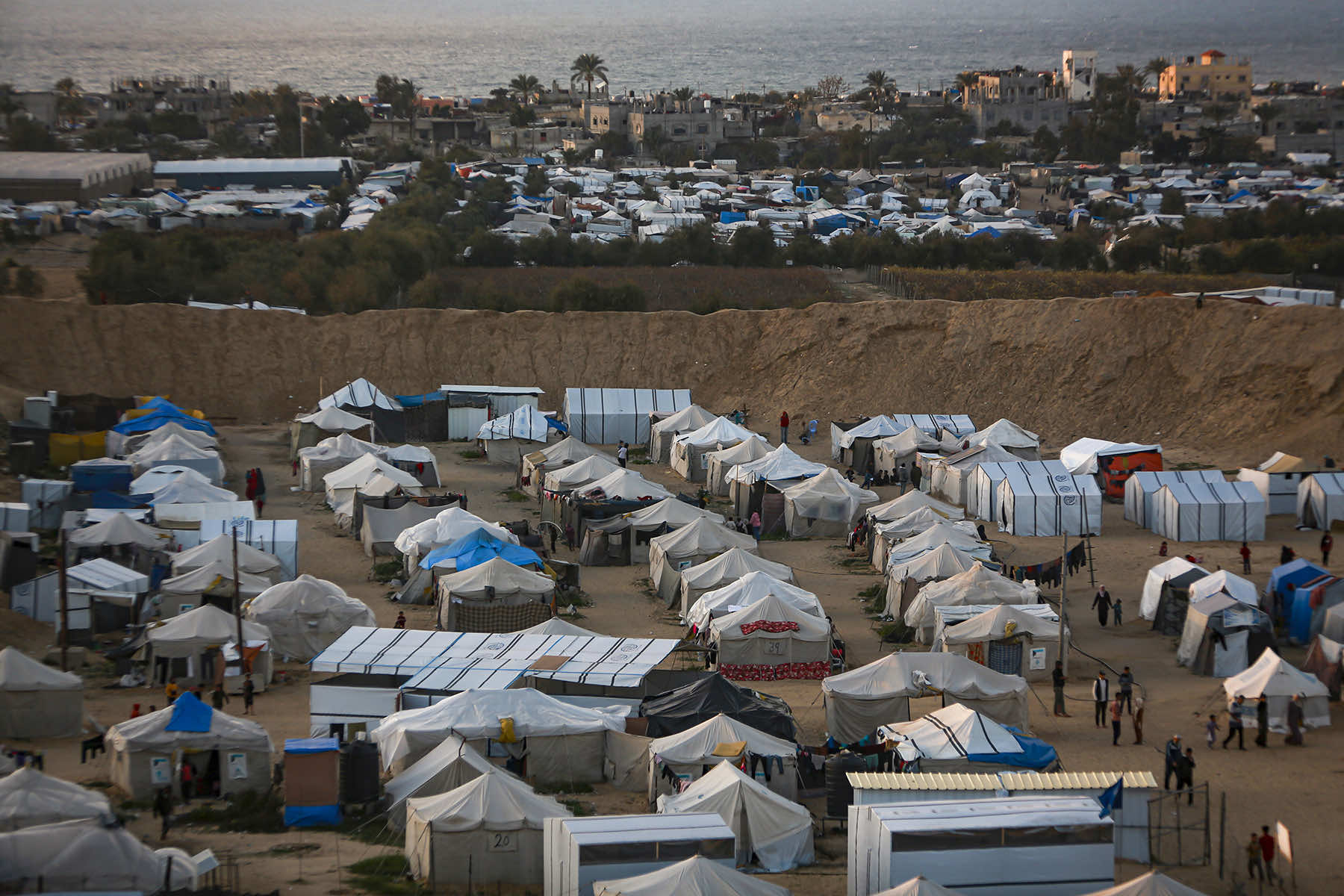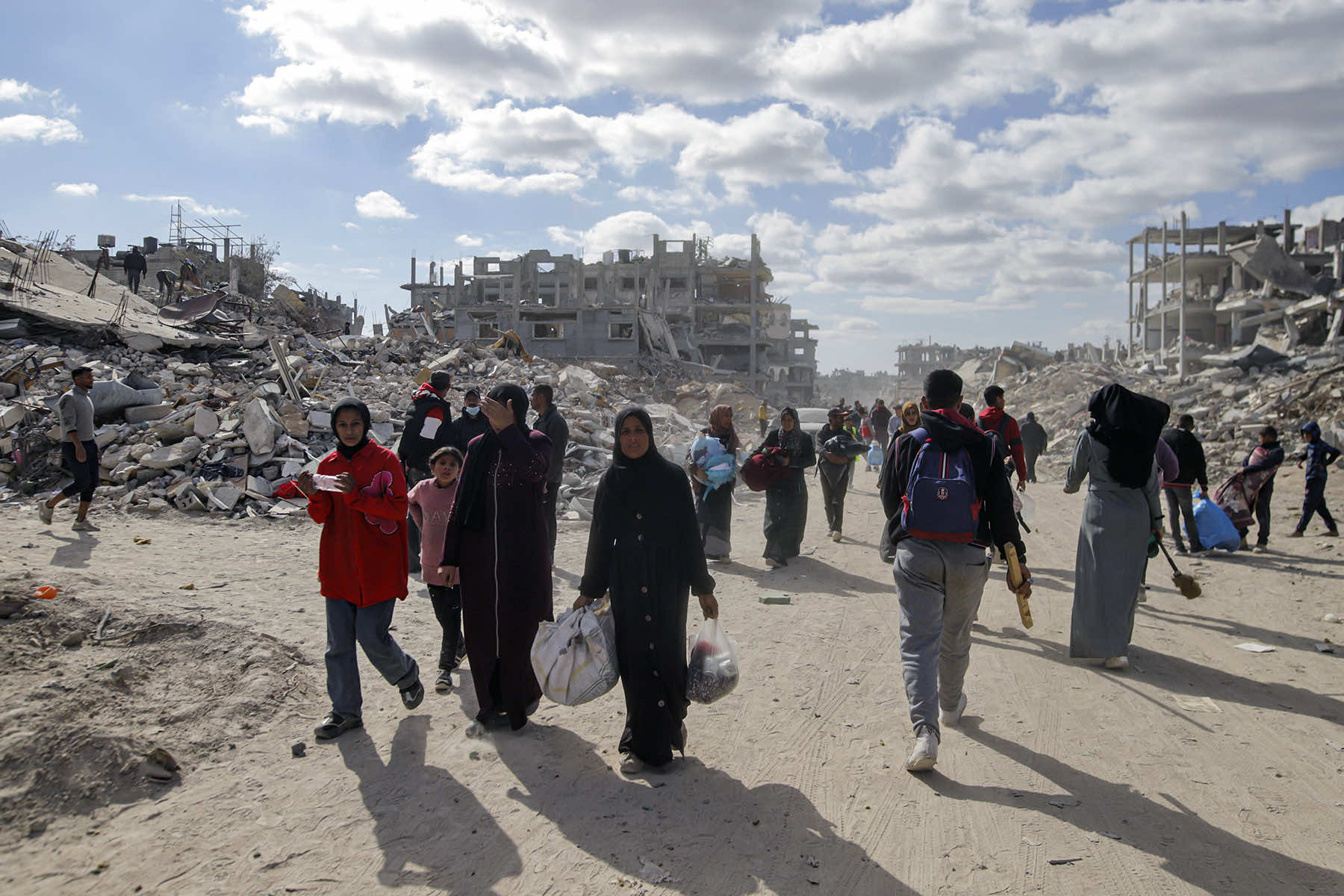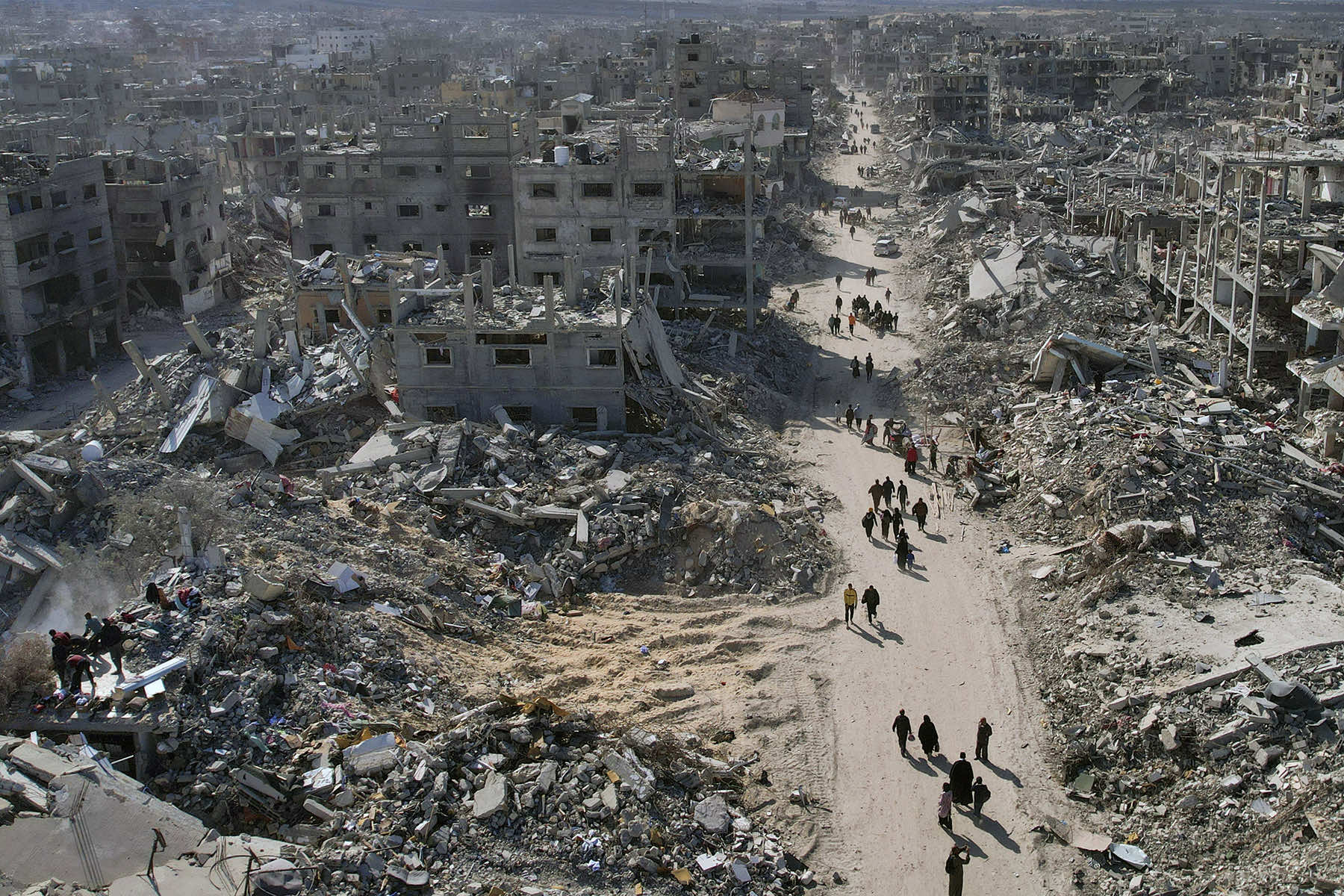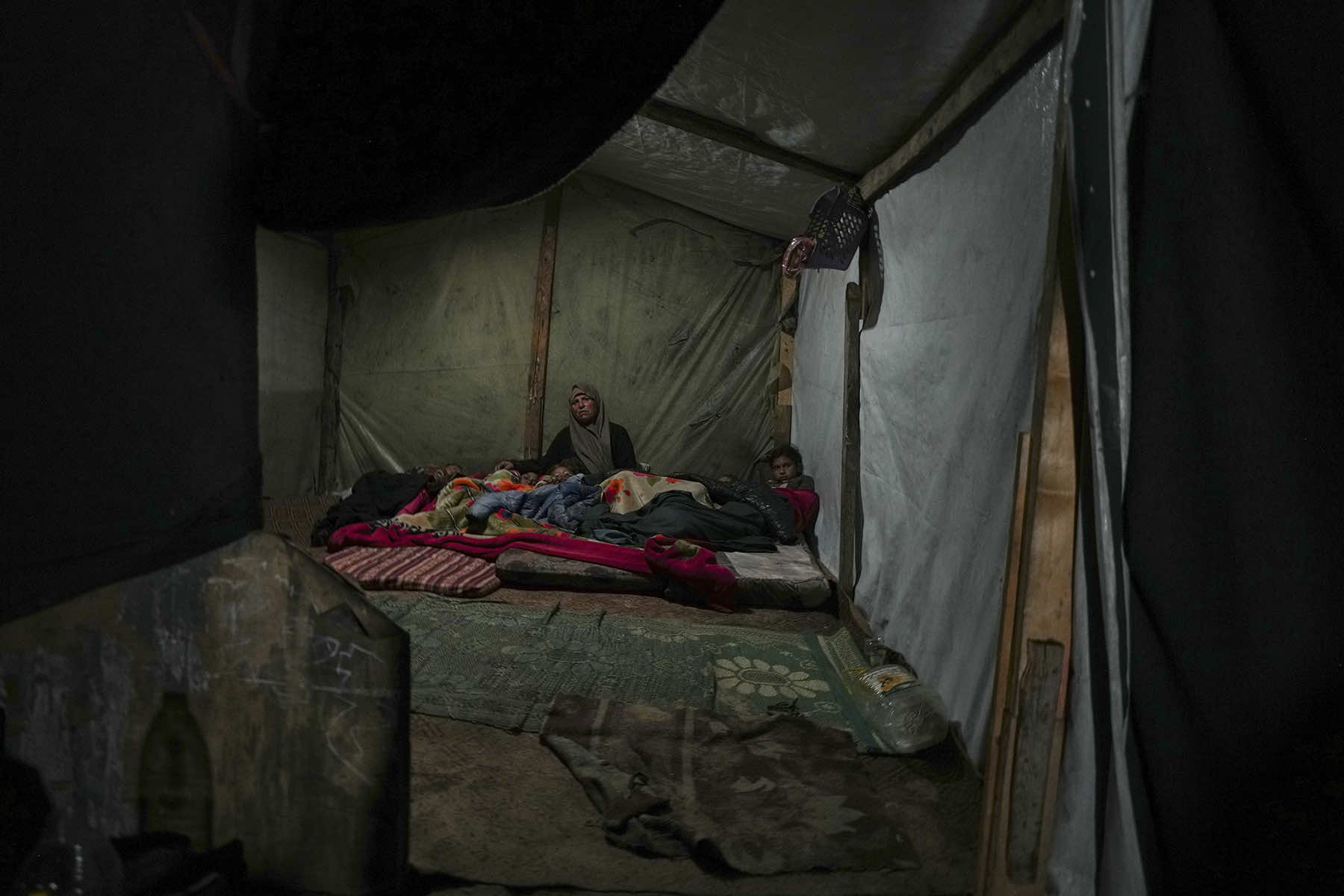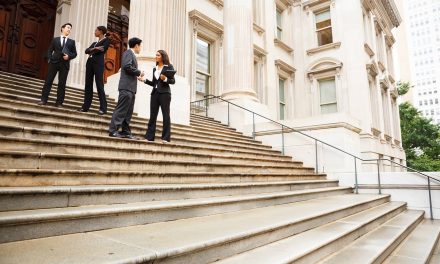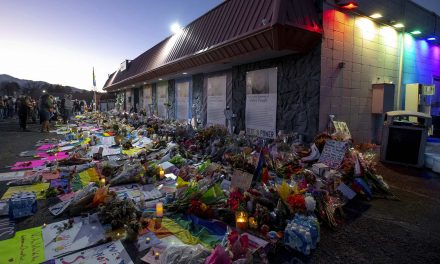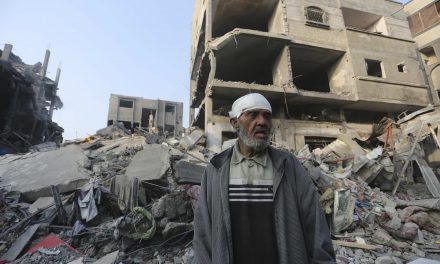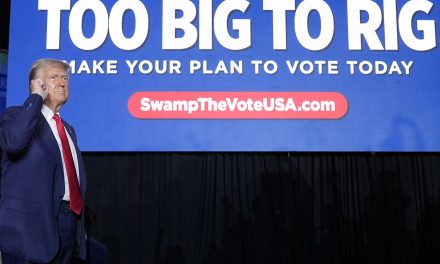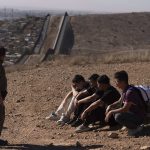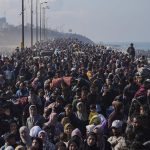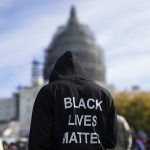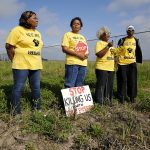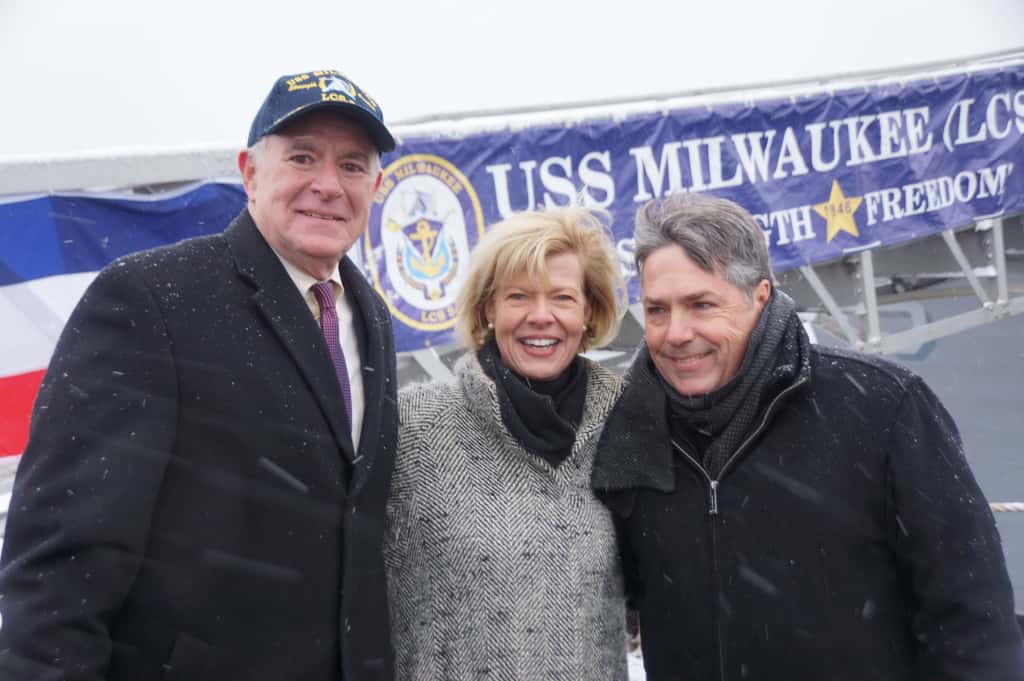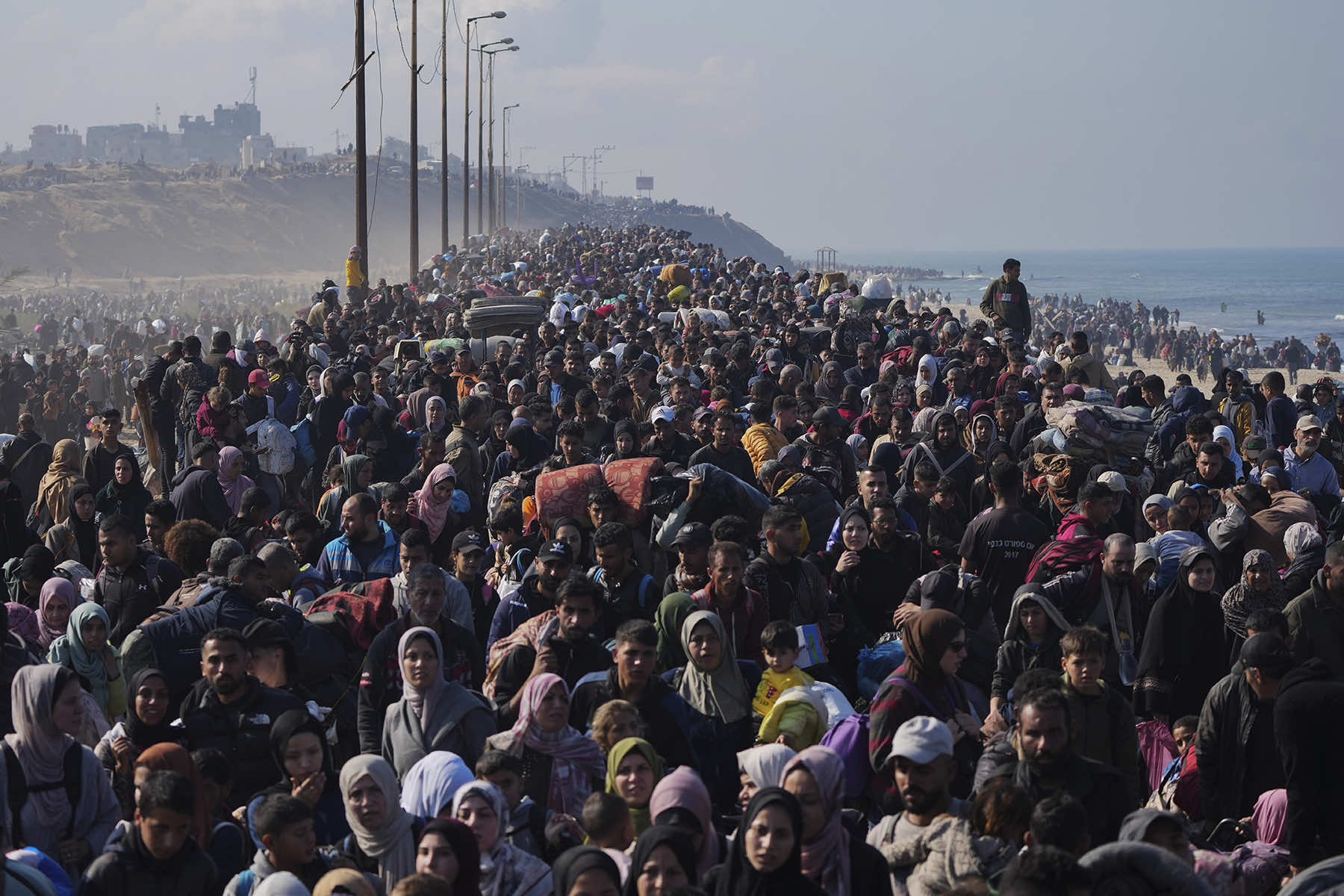
President Donald Trump said he would like to see Jordan, Egypt, and other Arab nations increase the number of Palestinian refugees they are accepting from the Gaza Strip. The proposal indicated his willingness to “just clean out” most of the population to create a virtual clean slate.
During a 20-minute question-and-answer session on January 25 with reporters aboard Air Force One, Trump also said he had ended his predecessor’s hold on sending 2,000-pound bombs to Israel. That lifted a pressure point meant to reduce civilian casualties during Israel’s war with Hamas in Gaza, which is now halted by a tenuous ceasefire.
“We released them today,” Trump said of the destructive weapons. “They’ve been waiting for them for a long time.” Asked why he lifted the ban on those bombs, Trump responded, “Because they bought them.”
Trump has built his political career around being unapologetically pro-Israel. On his larger vision for Gaza, Trump said he had a call with King Abdullah II of Jordan and would speak with President Abdel Fattah el-Sissi of Egypt.
“I’d like Egypt to take people,” Trump said. “You’re talking about probably a million and a half people, and we just clean out that whole thing and say, ‘You know, it’s over.'”
Trump said he complimented Jordan for having successfully accepted Palestinian refugees and that he told the king, “I’d love for you to take on more, cause I’m looking at the whole Gaza Strip right now, and it’s a mess. It’s a real mess.”
Such a drastic displacement of people would openly contradict Palestinian identity and deep connection to Gaza. Still, Trump said the part of the world that encompassed Gaza, has “had many, many conflicts” over centuries. He said resettling “could be temporary or long term.”
“Something has to happen,” Trump said. “But it’s literally a demolition site right now. Almost everything’s demolished, and people are dying there.” He added: “So, I’d rather get involved with some of the Arab nations, and build housing in a different location, where they can maybe live in peace for a change.”
Israeli Prime Minister Benjamin Netanyahu, in a statement, thanked Trump for “keeping your promise to give Israel the tools it needs to defend itself.” He did not mention Trump’s suggestion on Palestinian refugees.
Trump has offered nontraditional views on the future of Gaza in the past. He suggested after he was inaugurated on January 20 that Gaza has “really got to be rebuilt in a different way.”
The new president added then, “Gaza is interesting. It’s a phenomenal location, on the sea. The best weather, you know, everything is good. It’s like, some beautiful things could be done with it, but it’s very interesting.”
Trump’s proposal to forcibly relocate the majority of Palestinians from Gaza drew significant criticism and alarm. His plan would be a potential reenactment of the Nakba, a term meaning “catastrophe” in Arabic.
The Nakba refers to the mass displacement of Palestinians during the 1948 Arab-Israeli War, when over 700,000 individuals were forced from their homes following the establishment of the state of Israel. That historical event led to a prolonged refugee crisis for decades and remains a central point of contention in the Israeli-Palestinian conflict.
Critics argue that implementing such a relocation plan today would not only repeat the traumatic experiences of the Nakba but also violate international laws against forced displacement. Such an action would further destabilize the region and undermine the rights and identities of the Palestinian people.
Under the guise of humanitarianism, the plan also risks enabling what could amount to ethnic cleansing. By framing Gaza as a “mess” that must be cleared, Trump’s rhetoric trivializes the deep historical and cultural ties of Palestinians to the land.
His “solution” also sets a dangerous precedent for legitimizing forced displacement. The rhetoric, coupled with Israel’s aggressive military actions and enabled by U.S.-supplied weaponry, reflects a calculated effort to secure Gaza for Israeli expansion.
Resuming delivery of large bombs, meanwhile, is a break with then-President Joe Biden, who halted their delivery in May as part of an effort to keep Israel from launching an all-out assault on civilians in the southern Gaza city of Rafah. A month later, Israel did take control of the city, but after the vast majority of the 1 million civilians that had been living or sheltering in Rafah had fled.
“Civilians have been killed in Gaza as a consequence of those bombs and other ways in which they go after population centers,” then-President Biden told CNN in May when he held up the weapons. “I made it clear that if they go into Rafah … I’m not supplying the weapons that have been used historically to deal with Rafah, to deal with the cities, that deal with that problem.”
The Biden pause had also held up 1,700 500-pound bombs that had been packaged in the same shipment to Israel, but weeks later those bombs were delivered.
Trump’s action came as he has celebrated the first phase of a ceasefire between Hamas and Israel that paused the fighting, and saw the release of some hostages held by Hamas in Gaza in return for hundreds of Palestinian prisoners held by Israel.
Negotiations have yet to begin in earnest on the more difficult second phase of the deal that would eventually see the release of all hostages held by Hamas and an enduring halt to the fighting.
If the remaining hostages are not released, the Israeli government has threatened to resume its war against Hamas, which launched a massive assault against Israel on October 7, 2023.

